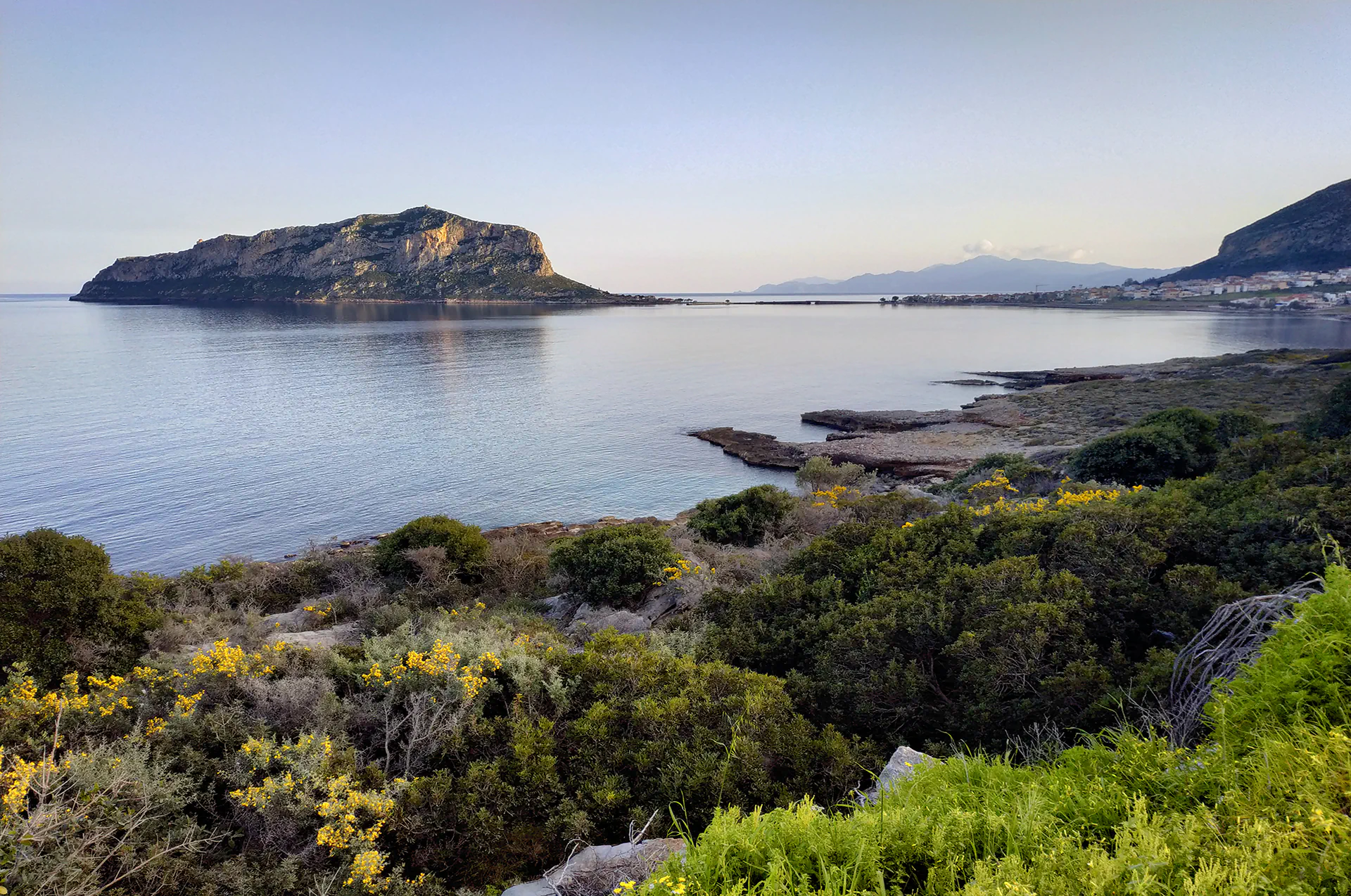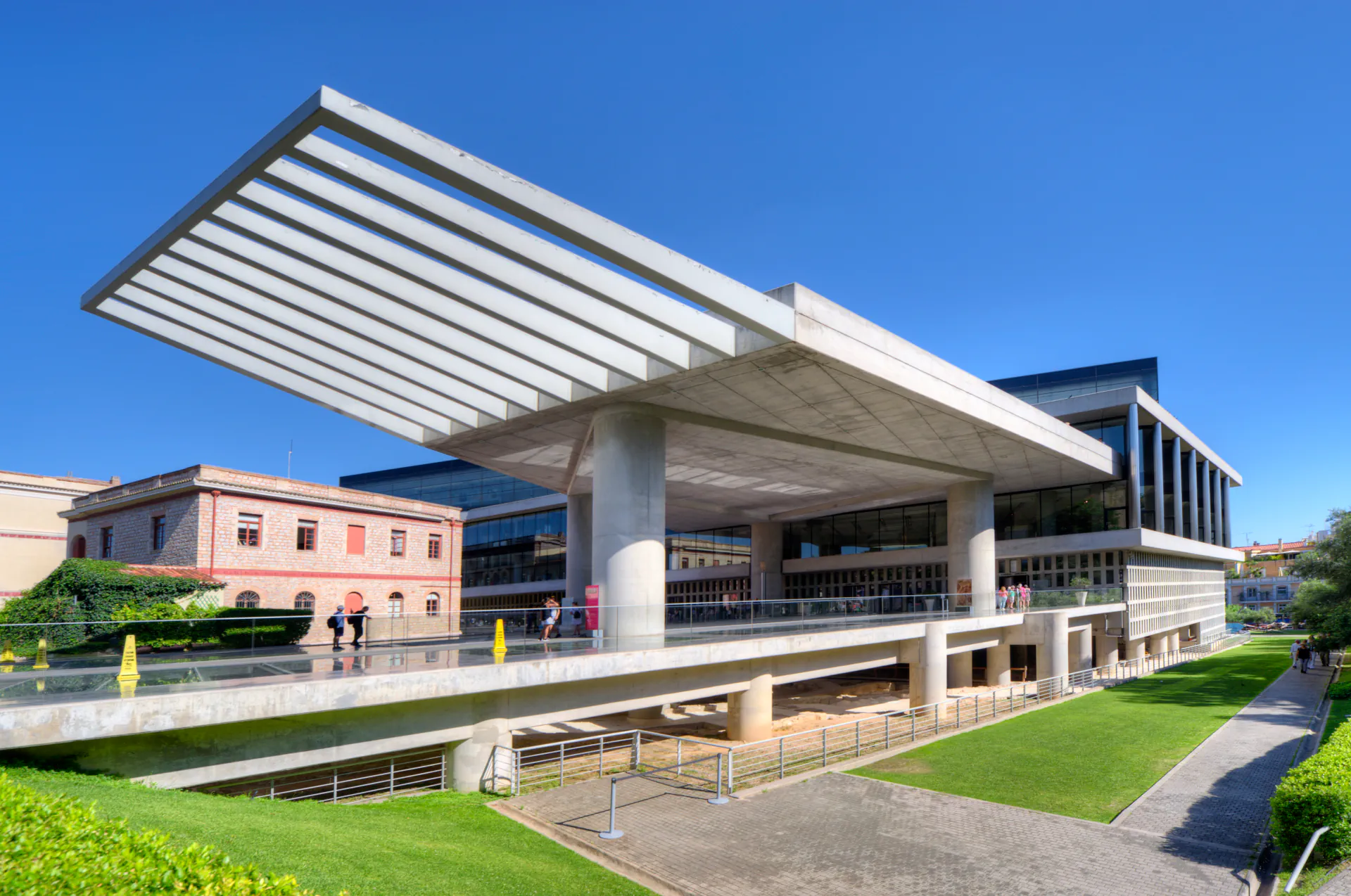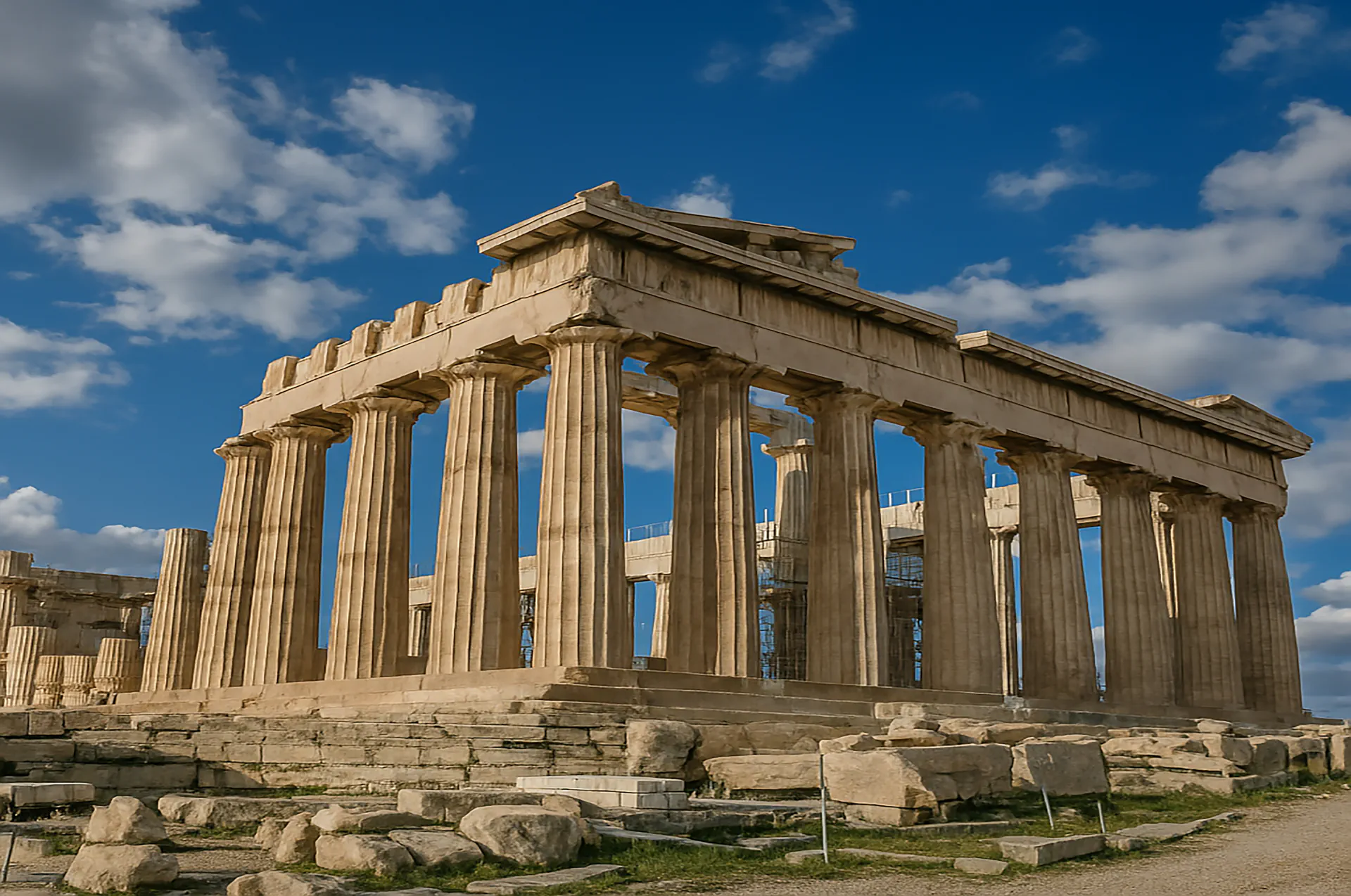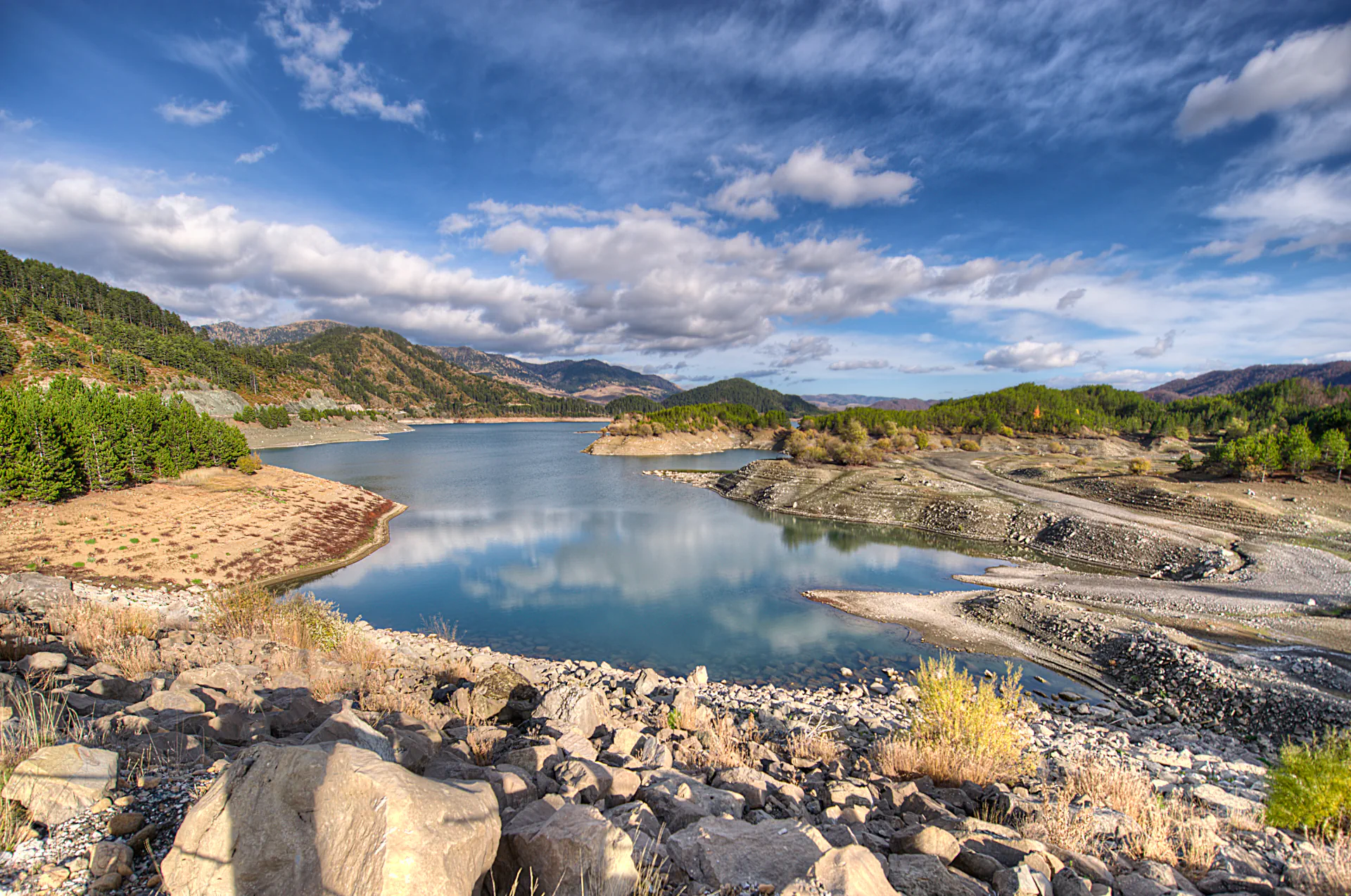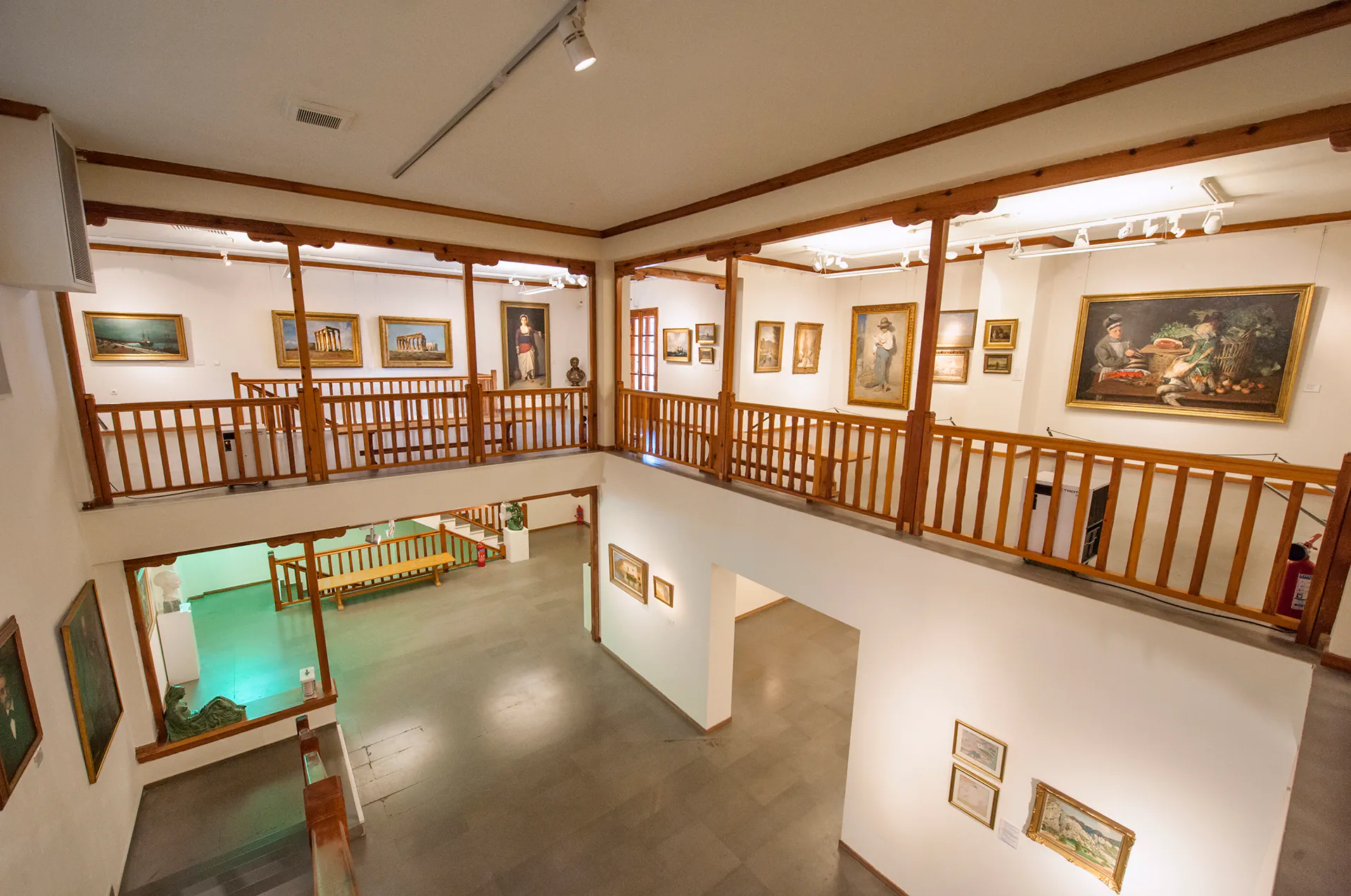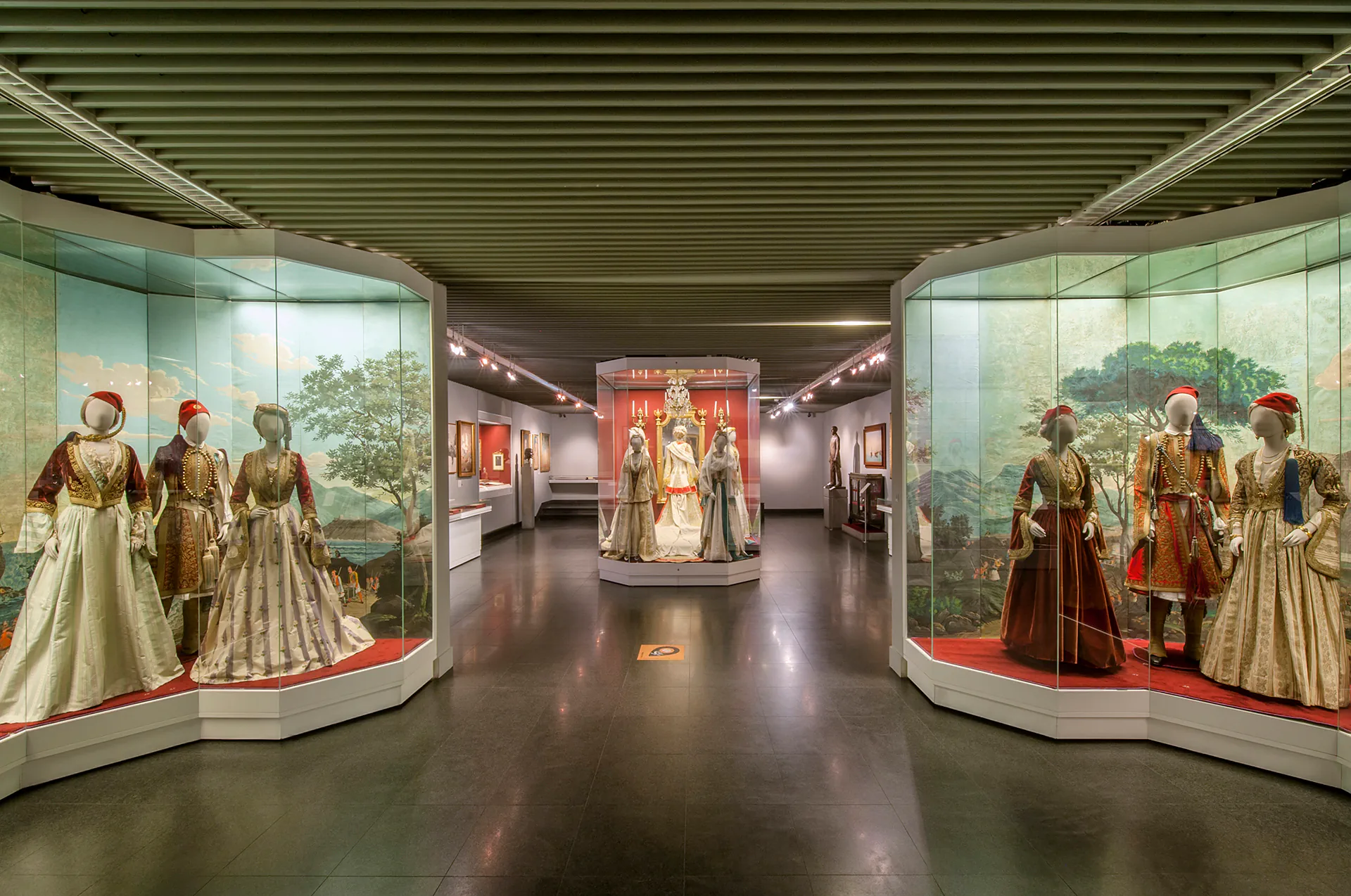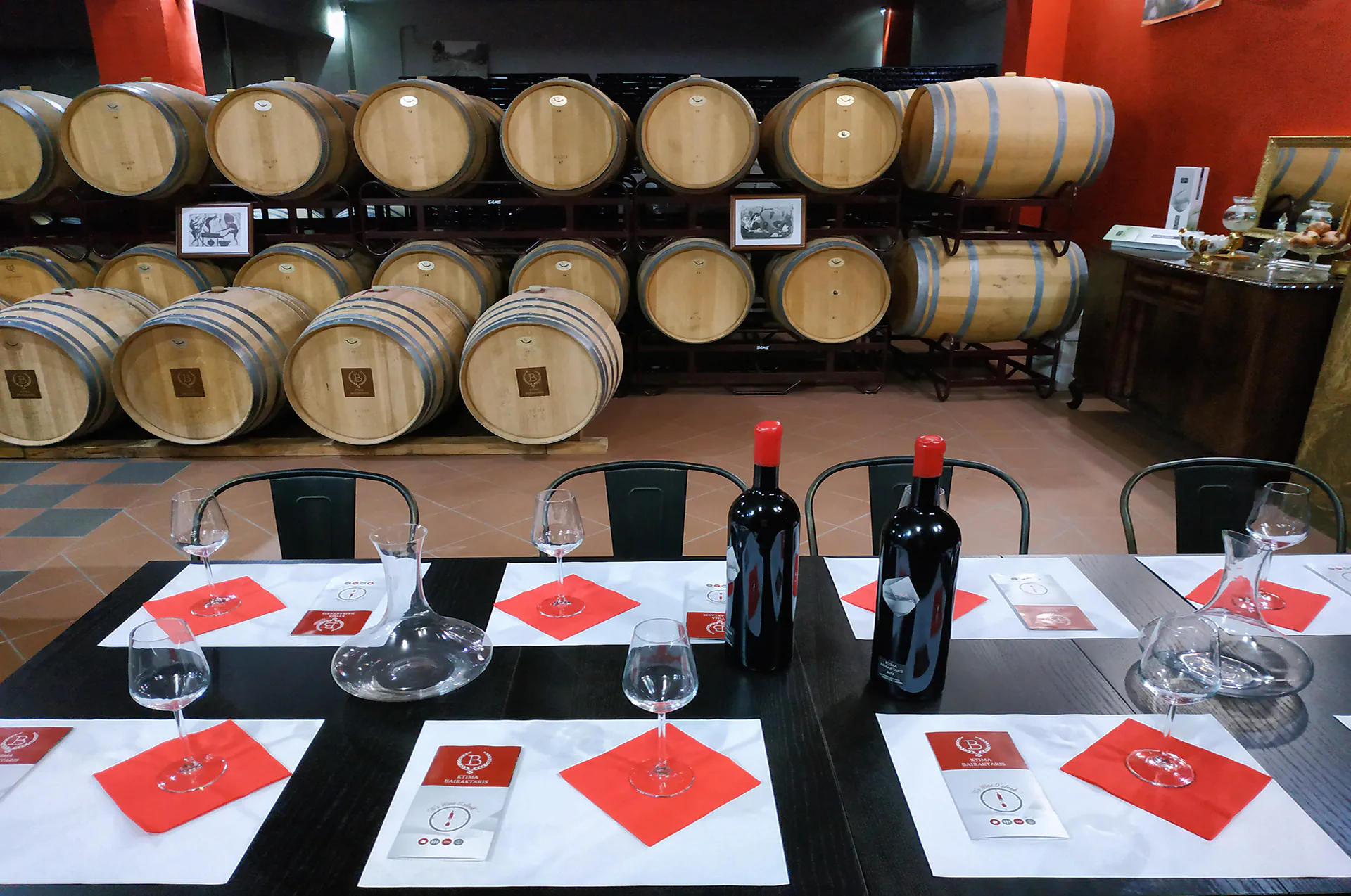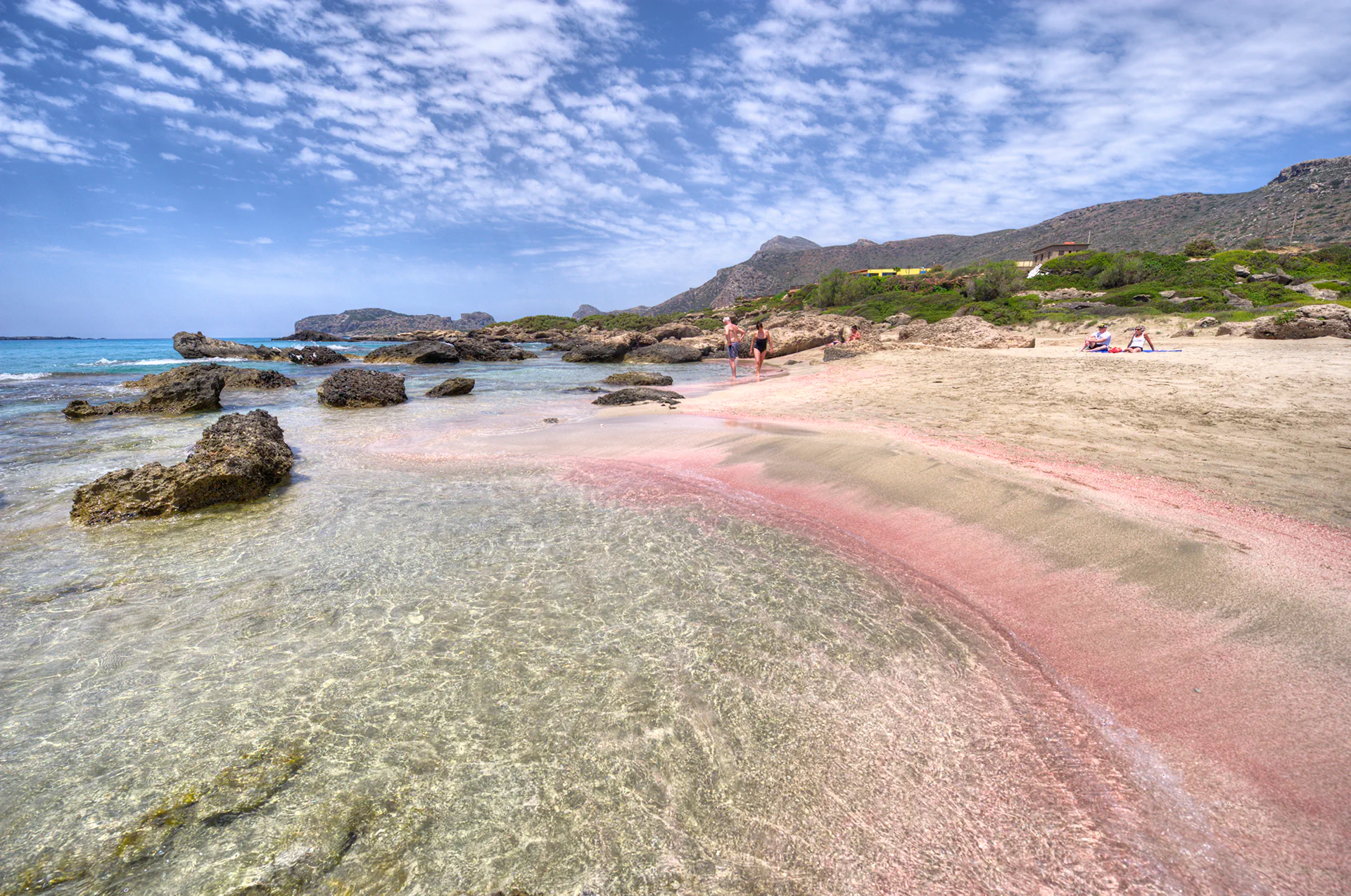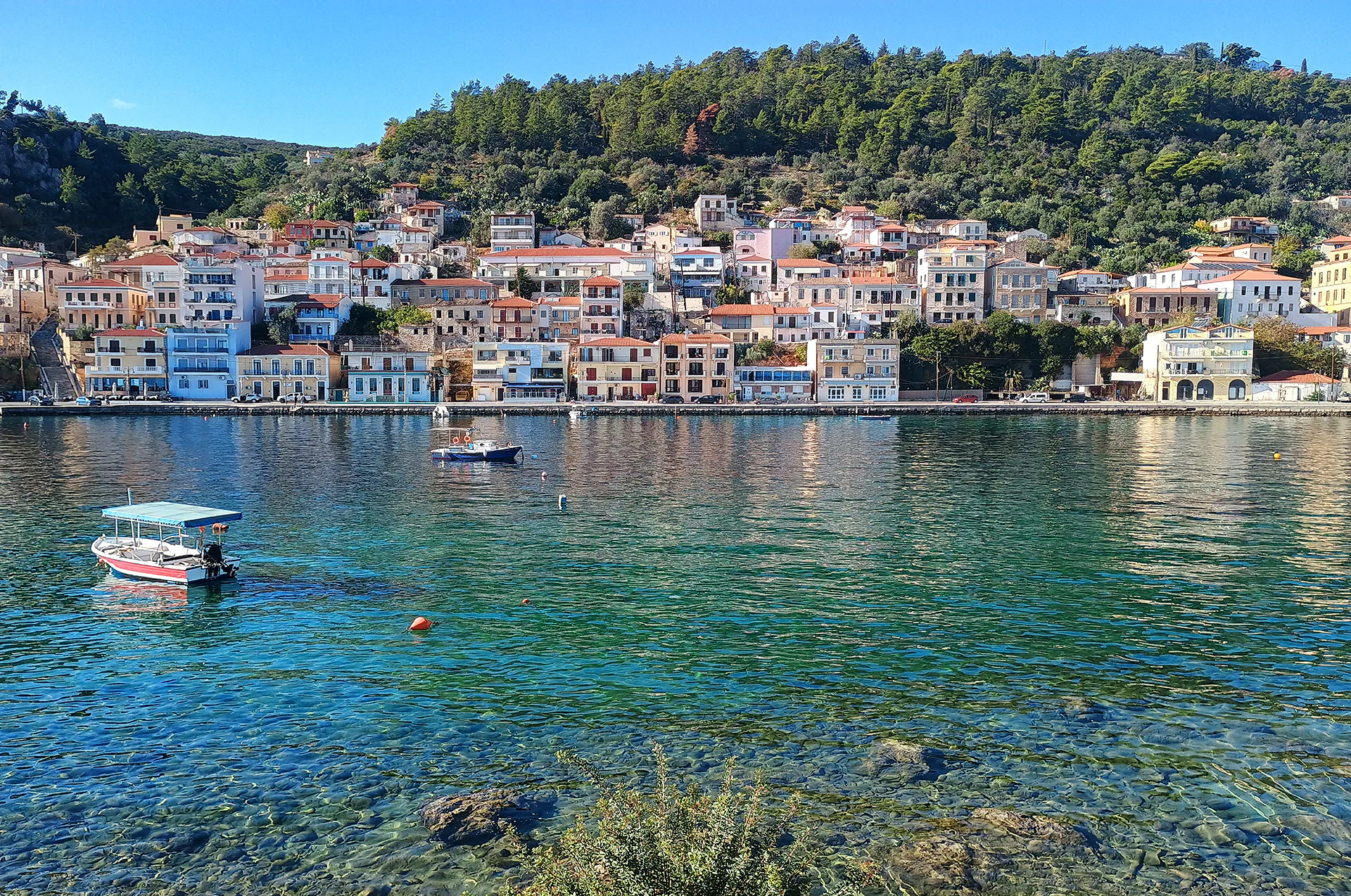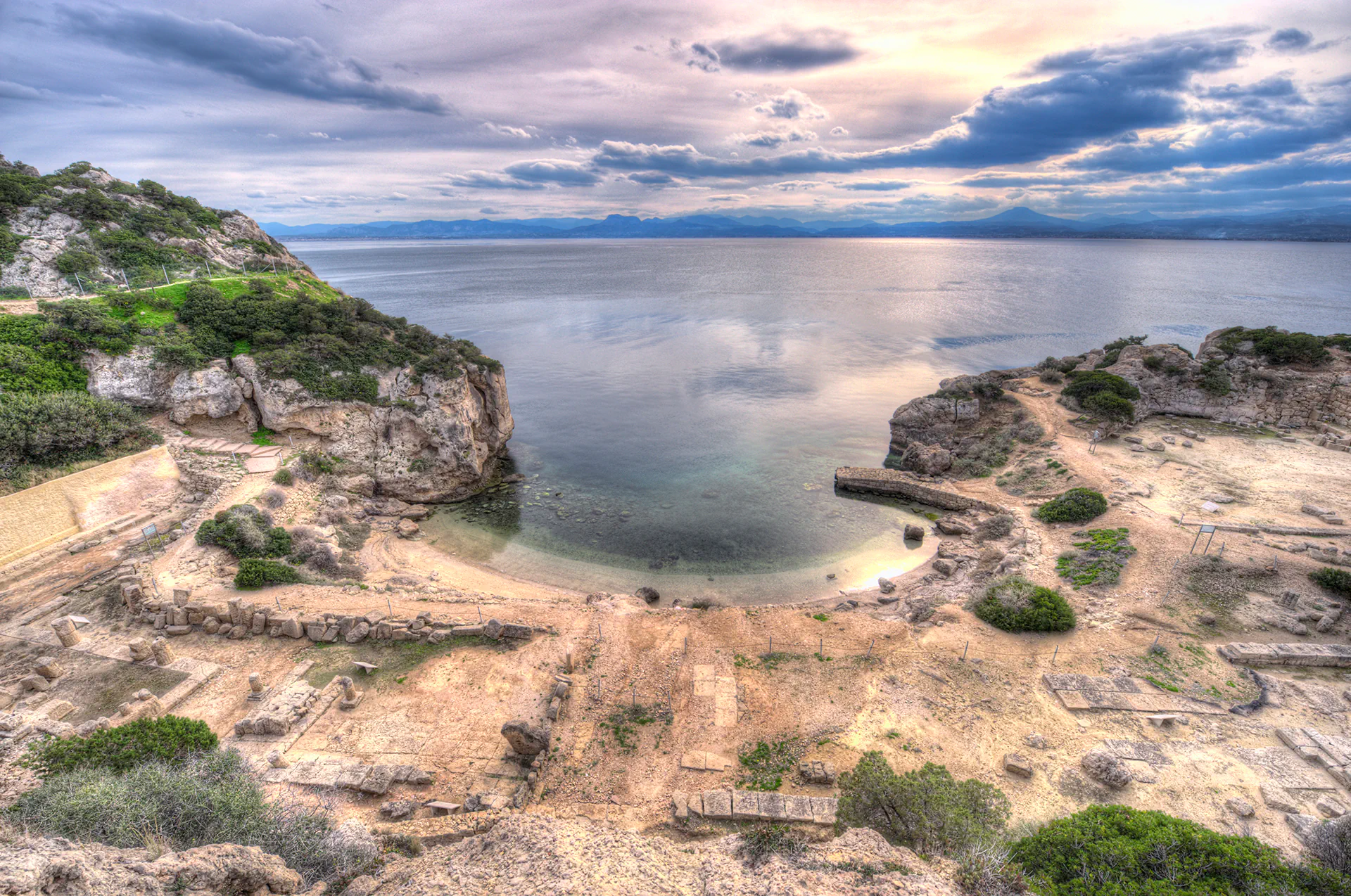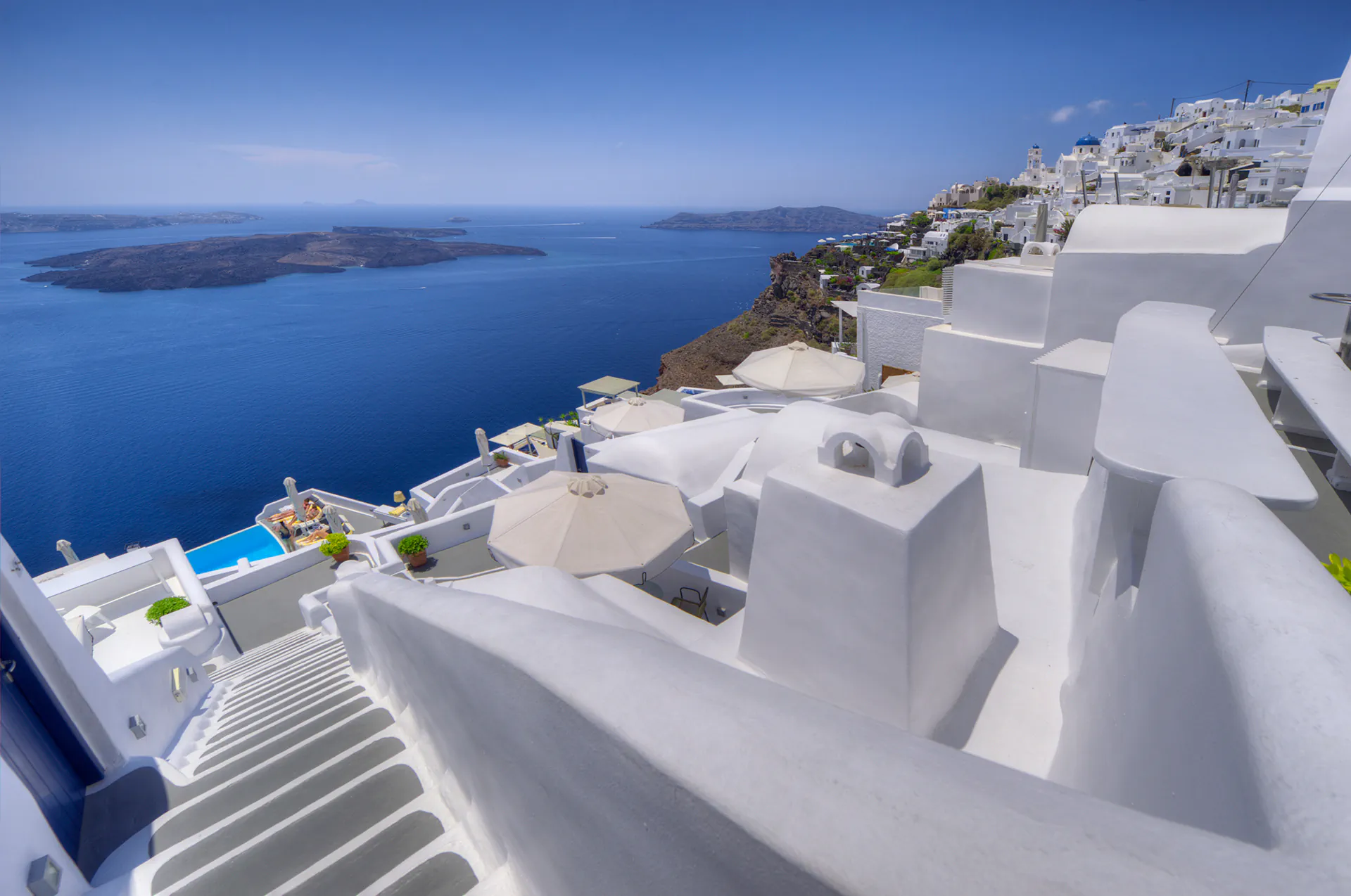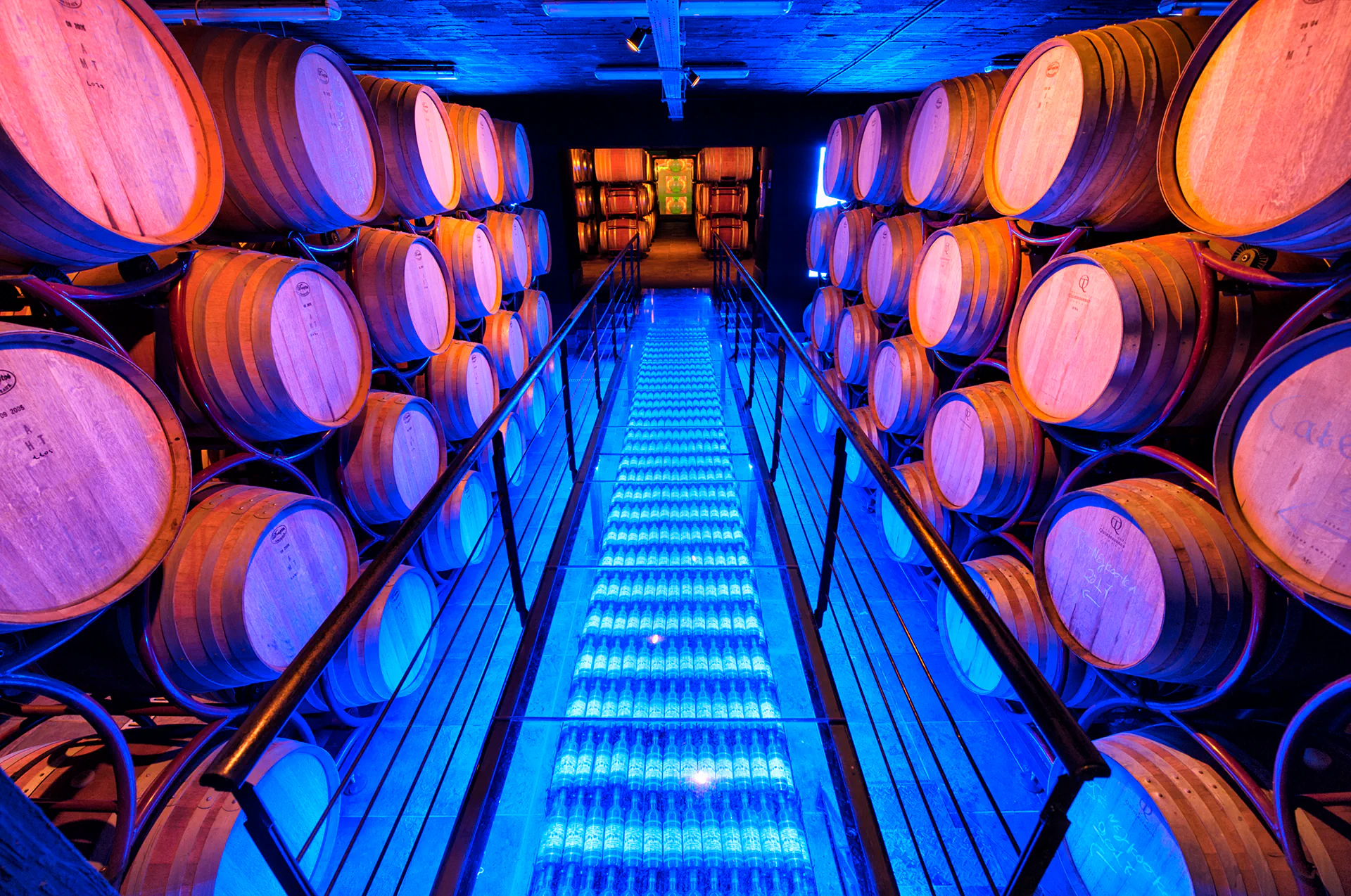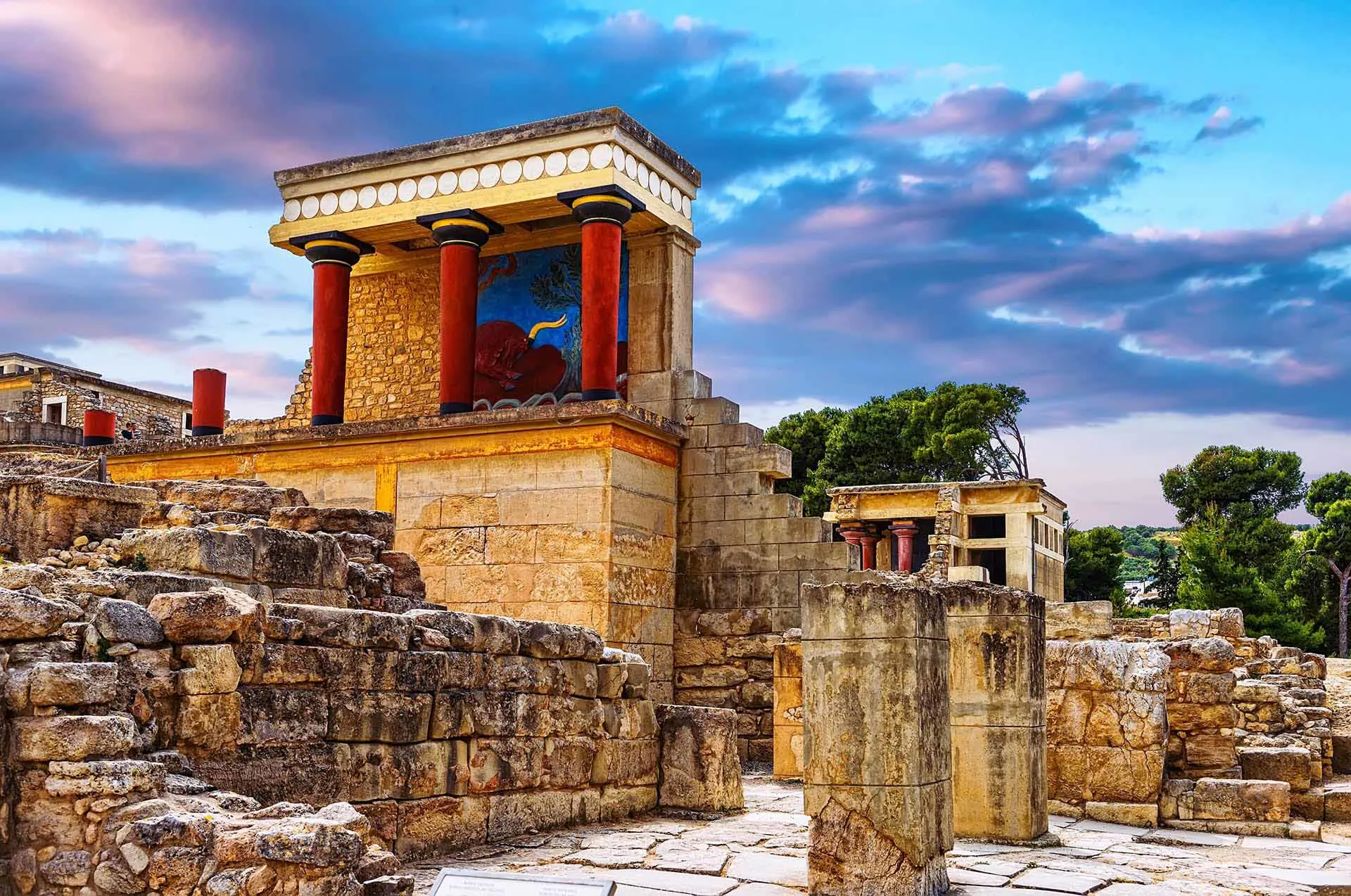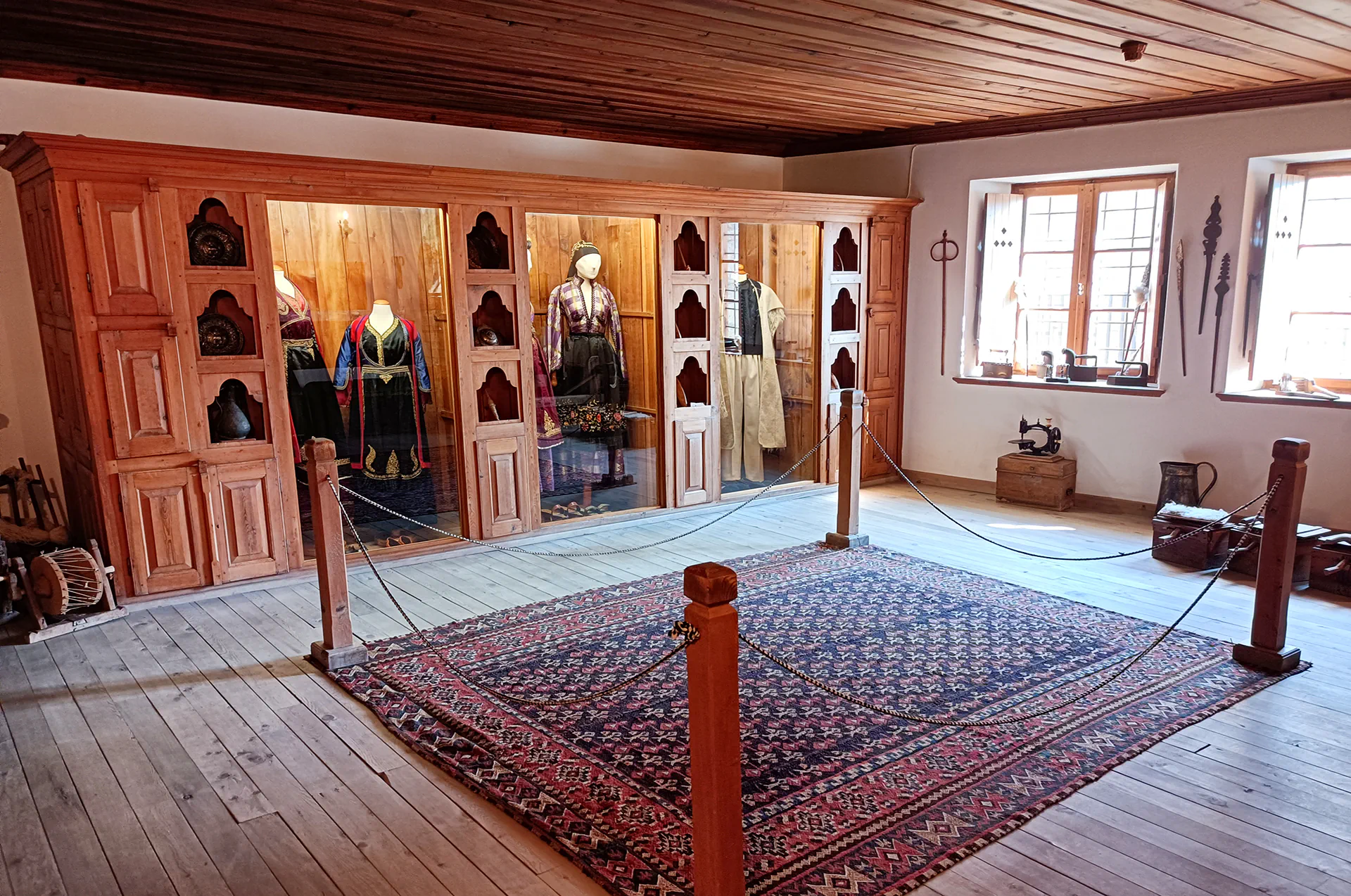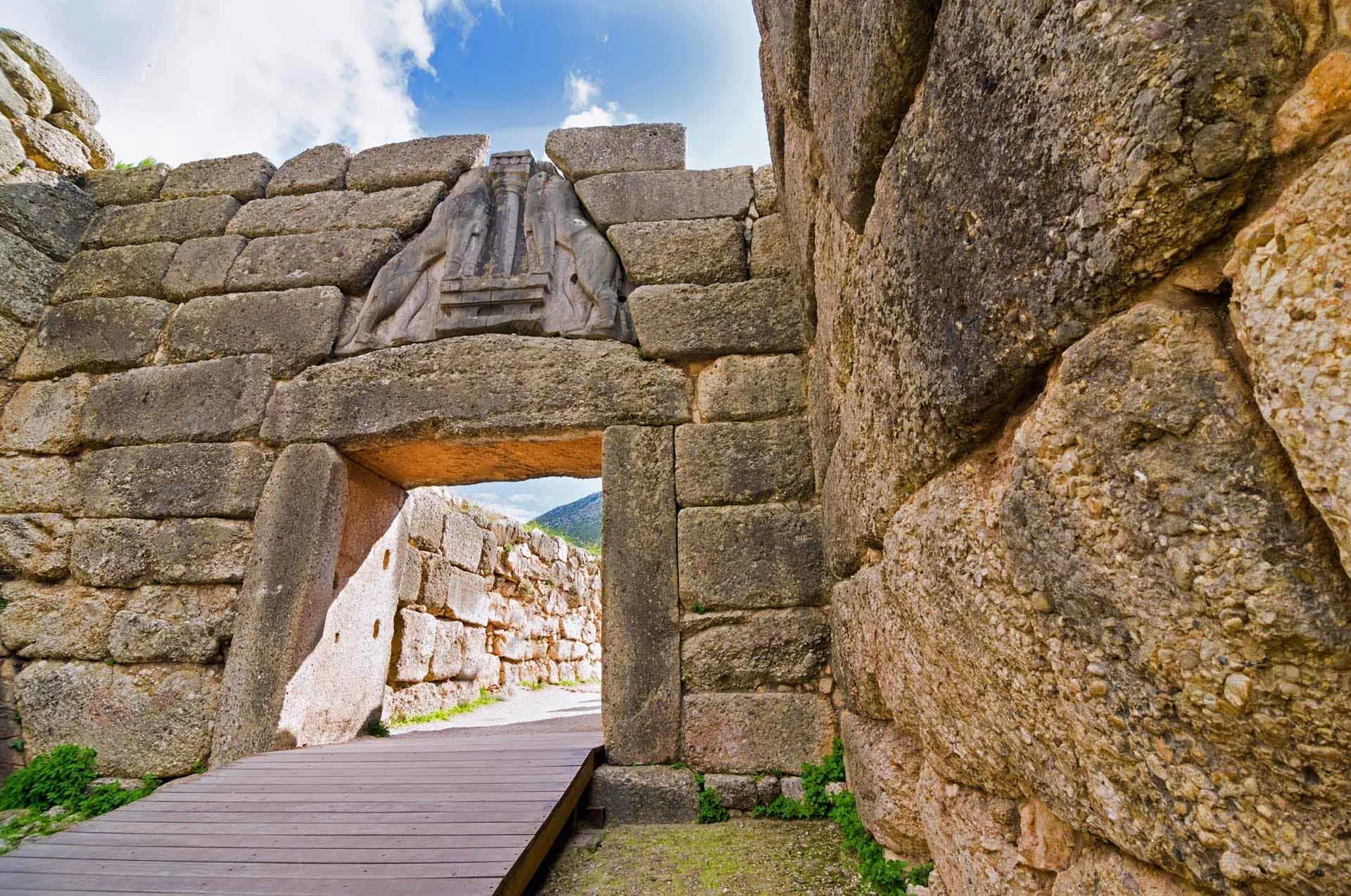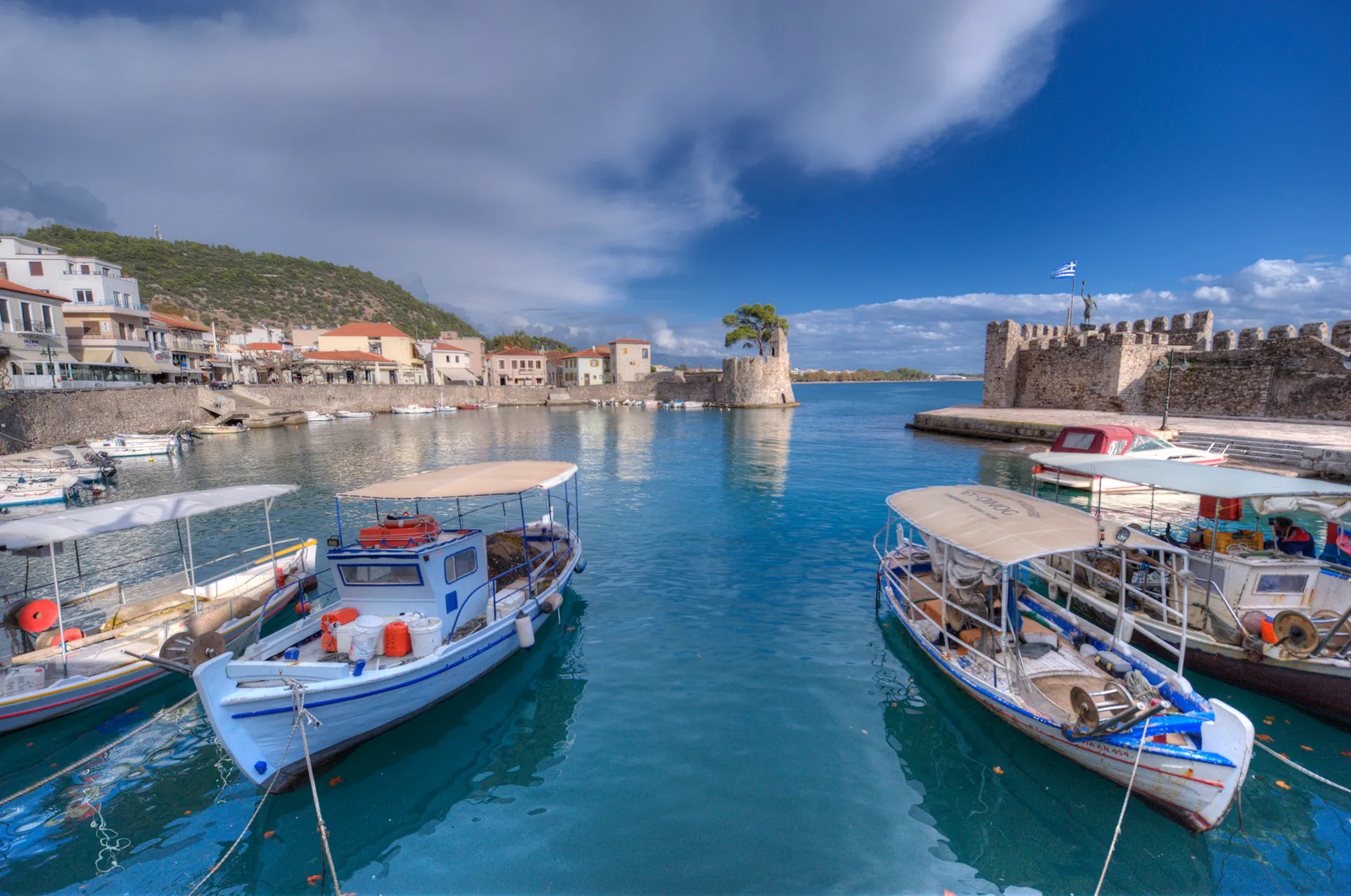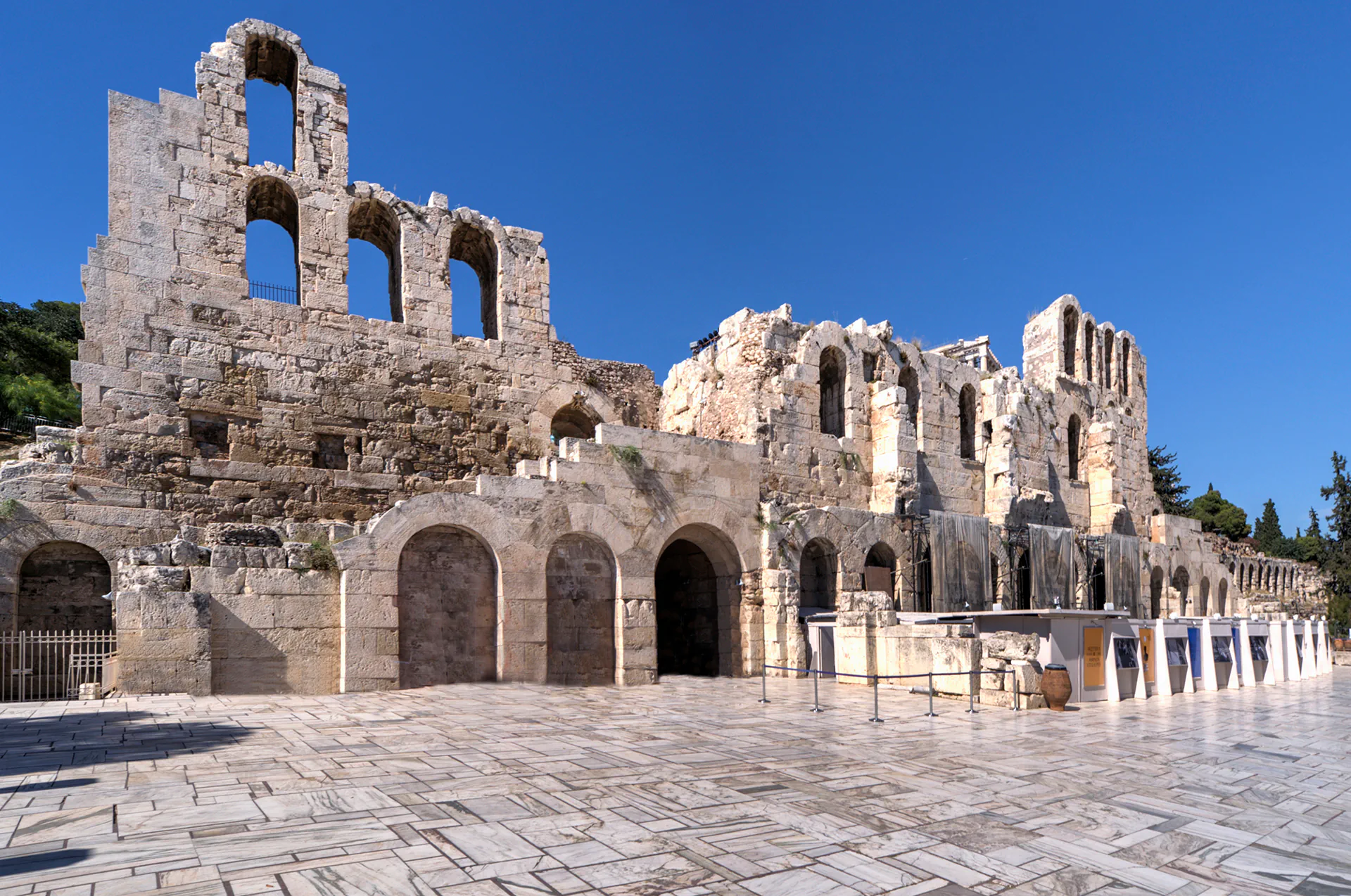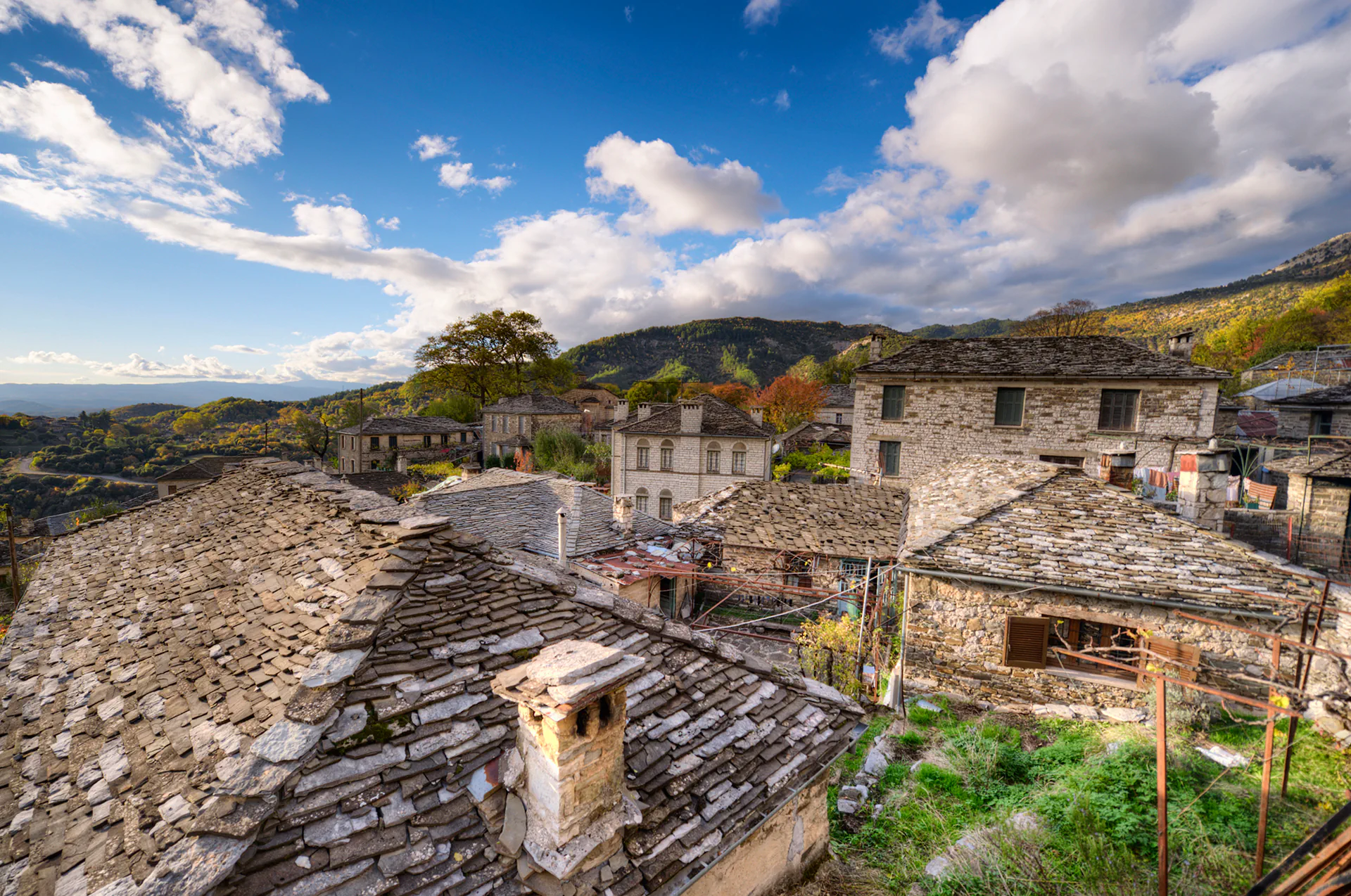Monemvasia Castle – Experience the Majestic Medieval Fortress on the Peloponnese Coast, Rich in History and Timeless Beauty
Discover the magic of Monemvasia Castle, a remarkable medieval stronghold perched on a dramatic rock formation off the Peloponnese coast. With its well-preserved architecture, narrow stone alleys, and breathtaking sea views, Monemvasia invites travelers to step into a living museum of Byzantine, Venetian, and Ottoman heritage. This secluded town, once known as “The Gibraltar of the East,” remains one of Greece’s most enchanting historic destinations.
A Fortress Carved from History
Established in the 6th century AD, Monemvasia served as a vital trade hub and defensive outpost. The name comes from the Greek “Moni Emvasi”, meaning “single entrance,” reflecting the castle’s strategic design. Over the centuries, it was ruled by various empires, each leaving its own imprint on the town’s rich cultural fabric.
Exploring the Lower Town
The inhabited Lower Town charms visitors with cobbled streets, stone houses, boutique hotels, and churches—over 40 in total. Visit:
The House of Yiannis Ritsos – Home of the famed Greek poet.
Elkomenos Christos Church – Known for its rare icons and ornate design.
The Archaeological Museum – Located in a 16th-century building that once served as a mosque.
Enjoy local cafes and artisan shops along the castle’s main street, which pulses with life while maintaining its old-world charm.
The Mystique of the Upper Town
The Upper Town, once home to nobles and military officials, offers unmatched views and historical insight. Though uninhabited today, it features:
Agia Sophia Church – A cliffside 12th-century gem inspired by Constantinople’s iconic Hagia Sophia.
Byzantine Fortifications – Remnants of Monemvasia’s defensive glory.
Taste and Tradition
Beyond history, Monemvasia is famous for Malvasia wine, a sweet variety with centuries of acclaim. Local tavernas serve up traditional Laconian dishes with a side of legendary hospitality.
Useful Tips
Stay in the Castle Town: Consider staying in one of the charming boutique hotels or guesthouses within the castle. It allows you to enjoy the sunset and early morning tranquility before the crowds arrive.
Dining: Try local specialties like Saitia (pie with local herbs) and Malvasia wine at a traditional taverna. “Matoula” is highly recommended for its beautiful sea view and authentic dishes.
Photography: For the best photos, aim for golden hour (early morning or late afternoon). The lighting enhances the castle’s beauty.
Wear Comfortable Shoes: The cobblestone streets and steep paths, especially to the Upper Town, can be challenging. Sturdy footwear is a must.
